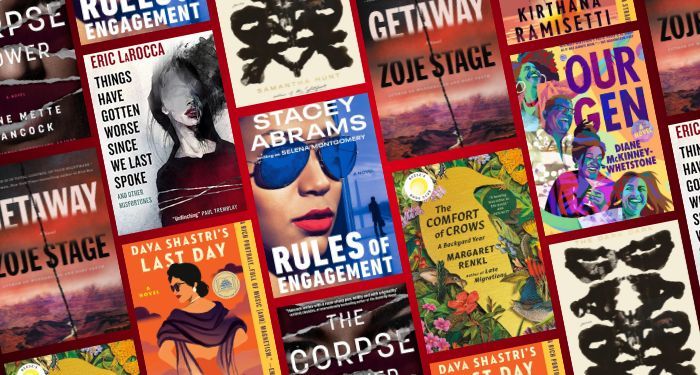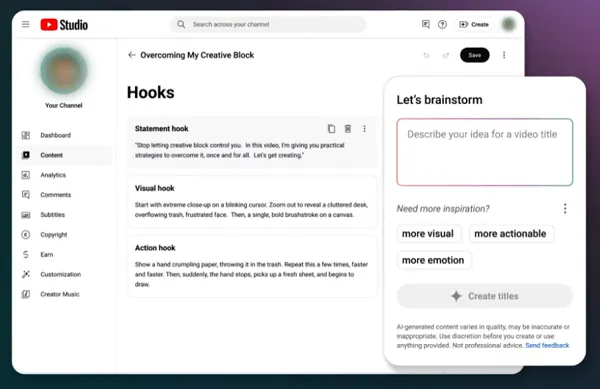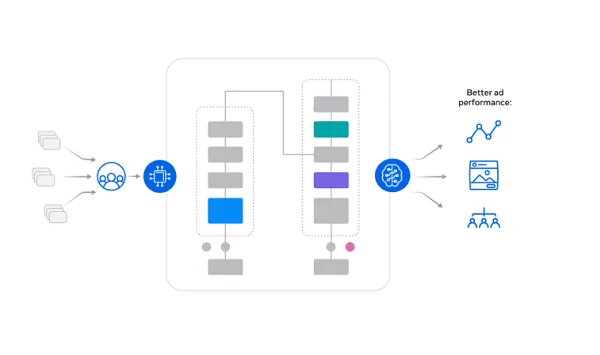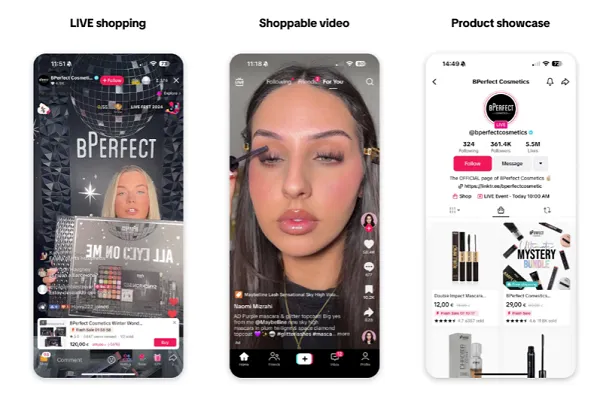Consumers spent $220.1 billion online during the recent holiday season, up $10.4 billion on the previous year, a growth of almost 5%. That’s an all-time record, as measured by Adobe Analytics (based on over one trillion visits to U.S. retail sites). Buy Now Pay Later transactions also broke records. Another driver was major discounting by retailers.
For the first time, mobile shopping nosed ahead of desktop, driving just over 50% of sales.
Why we care. That recession never happened, at least not in 2023. Consumers may have struggled with gas prices, the cost of some food items and (as always) the cost of housing over the course of the year, but come holiday time those purse strings were loosened.
At least that’s one possible takeaway. It’s also worth considering (although Adobe’s data doesn’t address it) that part of the increase was driven by traditional offline transactions now being conducted online. And it’s not a distant step to speculate that the experience of mandatory online purchases during the lockdown might be a driver there (groceries accounted for over $19 billion of the spend).
Dig deeper: Consumers look to use AI for holiday shopping
Breaking down the discounts. Electronics rang the bell for discounts peaking at over 30% of list price. Toys and apparel were not far behind. As much as 65% of the record holiday spending was driven by those three categories, plus furniture and groceries.
The fruitful channels. Paid search was again the biggest driver of sales for retailers (29.4% of online sales). That was followed by web traffic (19.3%), affiliate and partner sales (16.6%), organic search (15.9%), and email (15.3%).

The post $221 billion adds up to a record online holiday season appeared first on MarTech.








































![Spider-Man Is Back in Black With the Green Goblin in New Funko Pop! Figures [Exclusive] Spider-Man Is Back in Black With the Green Goblin in New Funko Pop! Figures [Exclusive]](https://static1.colliderimages.com/wordpress/wp-content/uploads/2025/03/spider-man-the-animated-series-green-goblin.jpg)






























